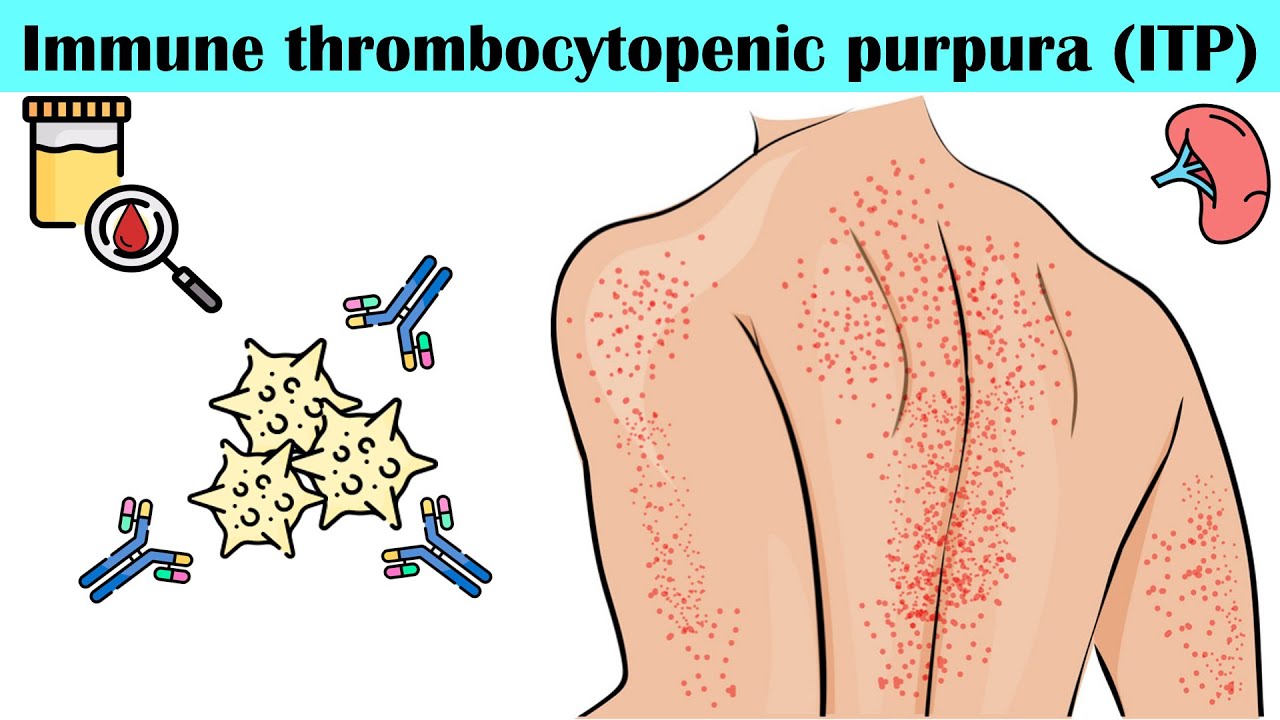Dried blood spots a poor screening target for neonatal CMV
Reuters Health • The Doctor's Channel Daily Newscast
“Real-time dried blood spot PCR assays are not suitable for screening newborns for congenital CMV infection since they miss approximately two-thirds of the infections,” lead author Dr. Suresh B. Boppana and colleagues report in the April 14th Journal of the American Medical Association.
Congenital CMV infection is the most common nongenetic cause of deafness in the U.S., but most infants with the infection have no detectable clinical abnormalities at birth. Therefore, the authors say, rapid, reliable and relatively inexpensive screening methods are needed.
For the multicenter CHIMES study, Dr. Boppana from the University of Alabama at Birmingham and colleagues tested the feasibility of extracting DNA from dried blood spots and testing it for CMV with real-time PCR. They compared this approach with rapid culture of saliva for CMV early antigen fluorescent foci. When the results of either approach were positive, the researchers confirmed the results with rapid culture testing of urine and a second saliva sample.
The CHIMES cohort included more than 20,000 infants born in the U.S. in 2007 or 2008. From March to December 2007, the authors used a single primer for PCR analysis. From January to May 2008, they used a two-primer PCR.
Among the 11,422 babies in the single primer group, dried blood spot PCR identified 17 of 60 infants with confirmed CMV infection, compared with 59 identified by saliva rapid culture. Congenital CMV infection could not be confirmed in 4 of 21 infants who were positive by PCR and in 2 of 61 who were positive by rapid culture assay.
The sensitivity and specificity of single-primer dried blood spot PCR assay in for identifying infants with confirmed congenital CMV infection were 28.3% and 99.9%, respectively.
Results were similar with the 2-primer PCR assay. Saliva tests correctly identified all 32 infants with CMV, but PCR identified only 11. CMV could not be confirmed in one of 12 PCR-positive infants and in three of 35 saliva rapid culture-positive infants.
The sensitivity of the 2-primer assay was 34.4%, and its specificity was 99.9%.
The investigators point out that PCR testing of peripheral blood is widely used to diagnose invasive CMV in immunocompromised patients. They theorize that this method did not work well in the CHIMES study because “congenitally infected infants may have acquired CMV infections months before birth and thus are no longer viremic when tested as newborns.”
Nevertheless, these findings “do not suggest that the goal of universal screening for CMV should be abandoned,” Dr. James F. Bale Jr. from the University of Utah School of Medicine in Salt Lake City writes in an editorial.
He suggests that newborn saliva would be a better means than dried blood spots for detecting CMV DNA by PCR. “The saliva of virtually all congenitally infected infants contains abundant quantities of CMV DNA that can be detected by current PCR methods,” he says.
On the other hand, Dr. Bale concludes, the best strategy for reducing CMV-induced hearing loss and neurodevelopmental disability is to prevent congenital CMV infection in the first place.
Reference:
JAMA 2010;303:1375-1382,1425-1426.








